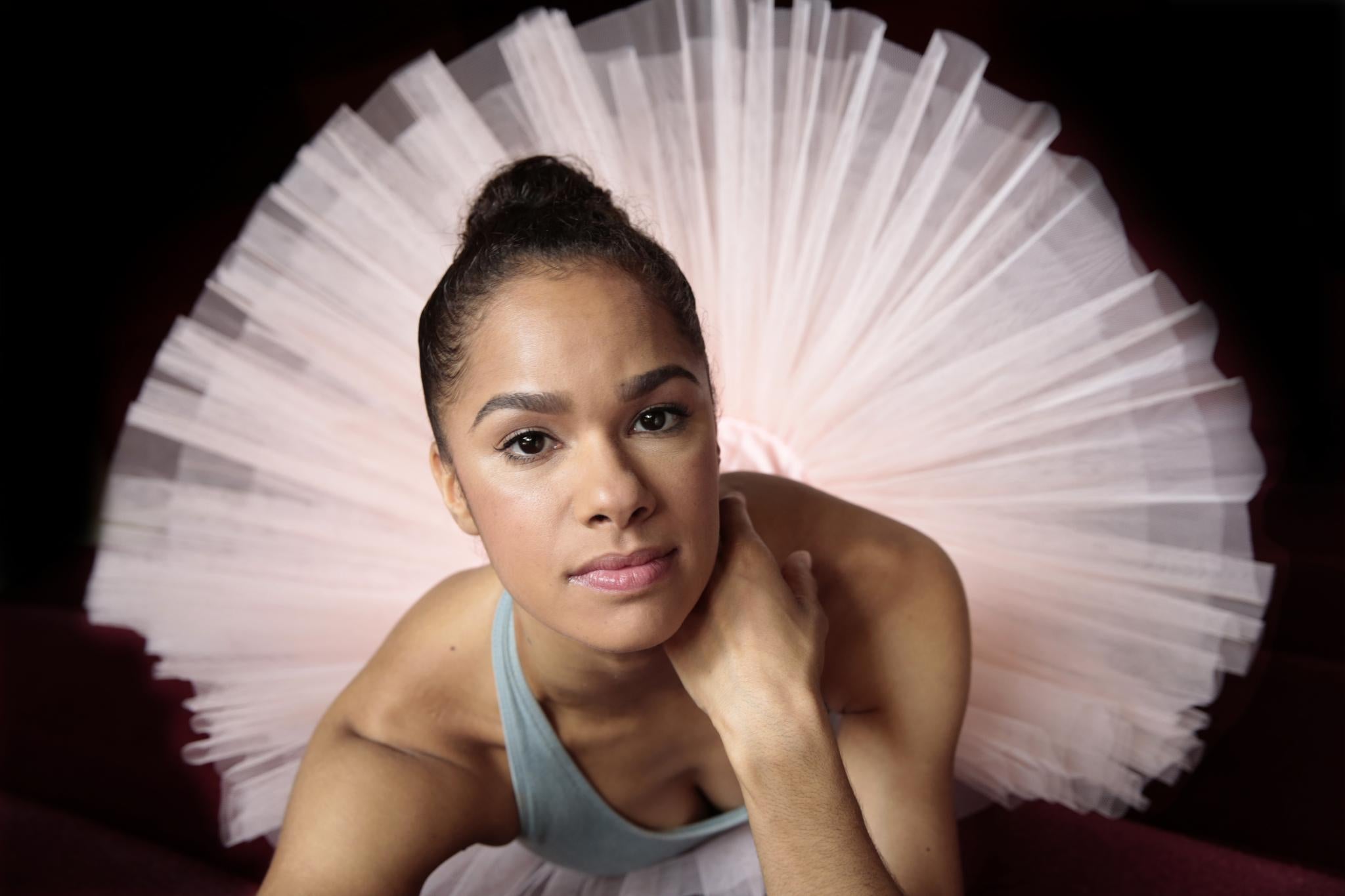For the hundreds of people that gathered within Kingston’s Pegasus Hotel last fall to witness Misty Copeland, thee premiere Black ballerina, grace the stage of the Grand Jamaican Suite ballroom, seeing her in the flesh felt like a dream come true.
Copeland is not only American Ballet Theatre’s first African-American female principal dancer, she is an icon. And her first time traveling to the island best known for its beaches and Bob Marley, was a rare opportunity for young dancers of the diaspora to see themselves in a Black woman whose dancing abilities has carried her and made her known the world over.
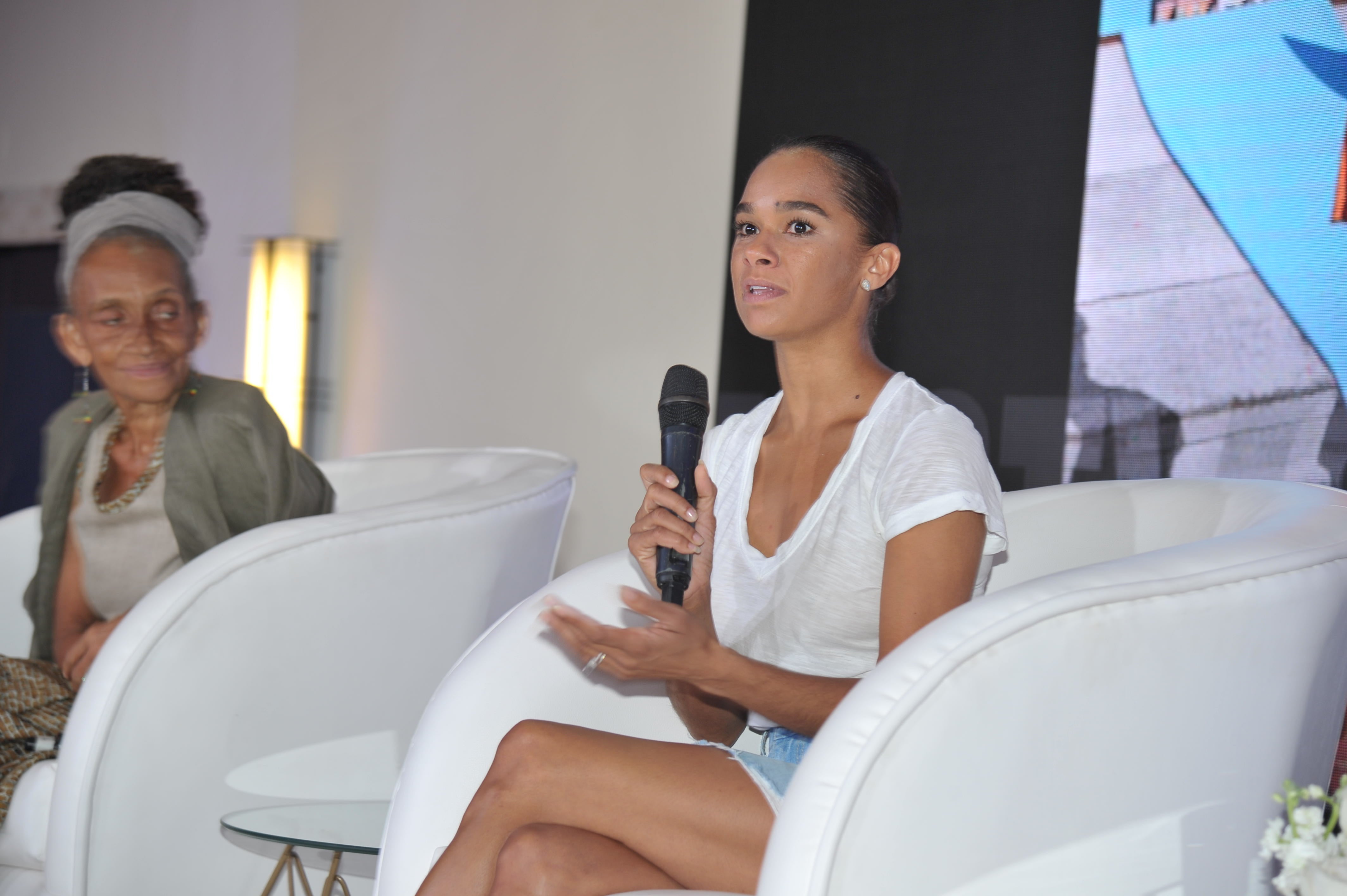
“It’s interesting being able to travel to different countries and then experience different cultures,” Copeland tells ESSENCE following a panel attended by dance troupes throughout the surrounding St. Andrew’s parish. “Being a Black person in America is a very different experience than it is in a lot of other countries. Being in Africa, and being here in Jamaica, for the most part, they’re not the minority.”
But minority or not, Copeland feels a great responsibility to visit with the young people who live within their borders and expressed the importance of having representation. “They need to know that it’s a possibility outside of their realm, and their community, and existence,” Copeland explains. “That we’re all one, and that these things are possible.”
In part, the principal ballerina’s dedication to fostering a love for ballet among communities of color is likely why Plié For The Arts’ Artistic Director Marisa Benain tapped Copeland to not only speak to JA’s budding ballet enthusiasts but to also perform at the city’s famed Little Theatre.
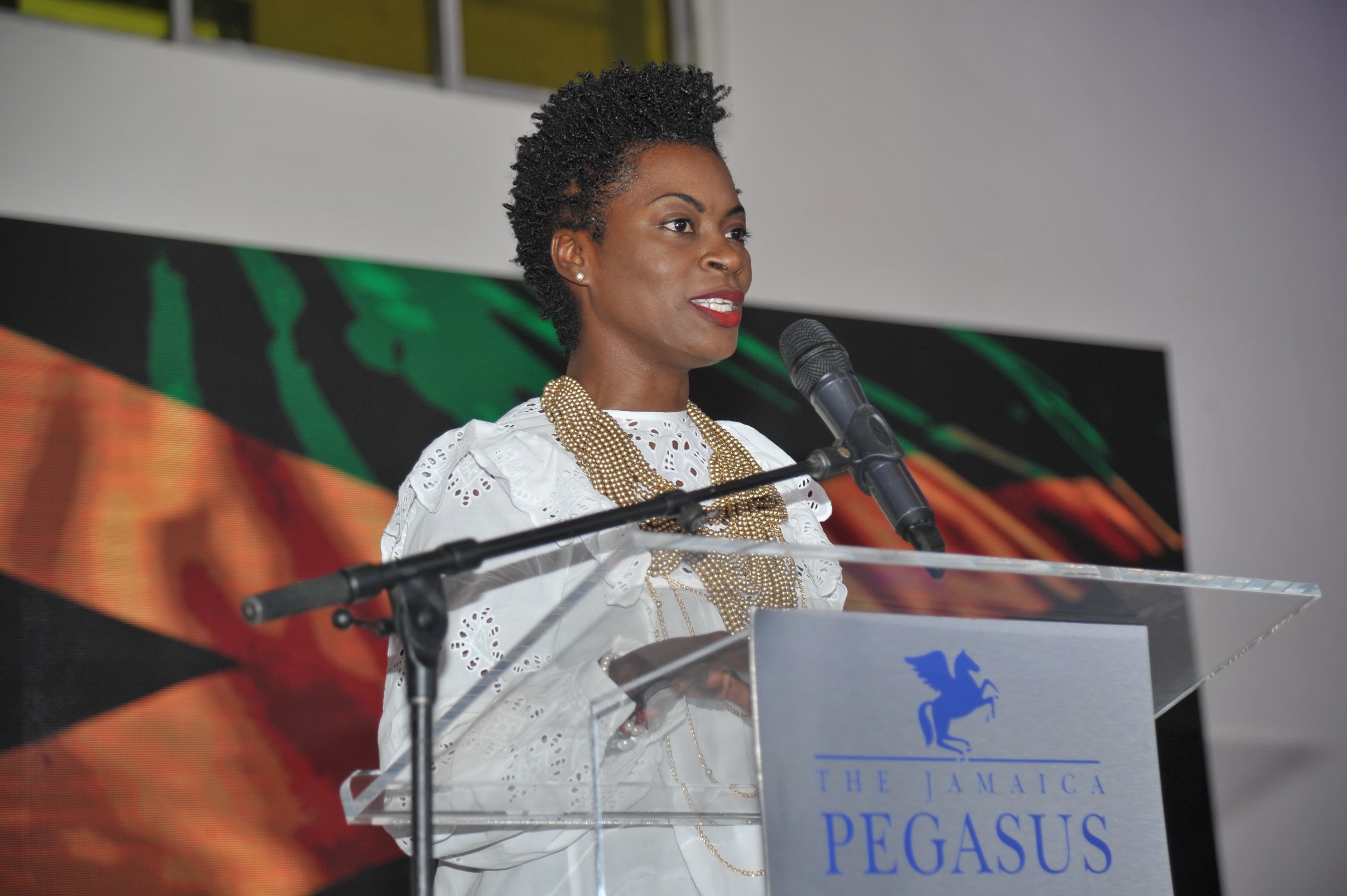
Bob Marley, the Legend, once famously said of his move from Kingston’s Trench Town to 56 Hope Road, “I bring the ghetto uptown.” But for the special weekend last September, Benain brought classical dance uptown — and it was met with a warm reception and even greater applause.
An undeniable sense of elation could be found during both nights of Copeland’s residency, but for the little girls who witnessed her essence while in conversation with Tony-award nominated dancer Desmond Richardson, American choreographer and artistic director, Dwight Rhoden, and Patsy Ricketts, one of Jamaica’s most noted dancers, a special kind of electricity could be found. In that ballroom, at the heart of what Copeland does and who she is, was on full display.
As a principal dancer, the Missouri native admits that her very deliberate habit of identifying as a Black dancer and talking about its significance often draws criticism. But it’s because she acknowledges that she wouldn’t have the same path or journey, otherwise.
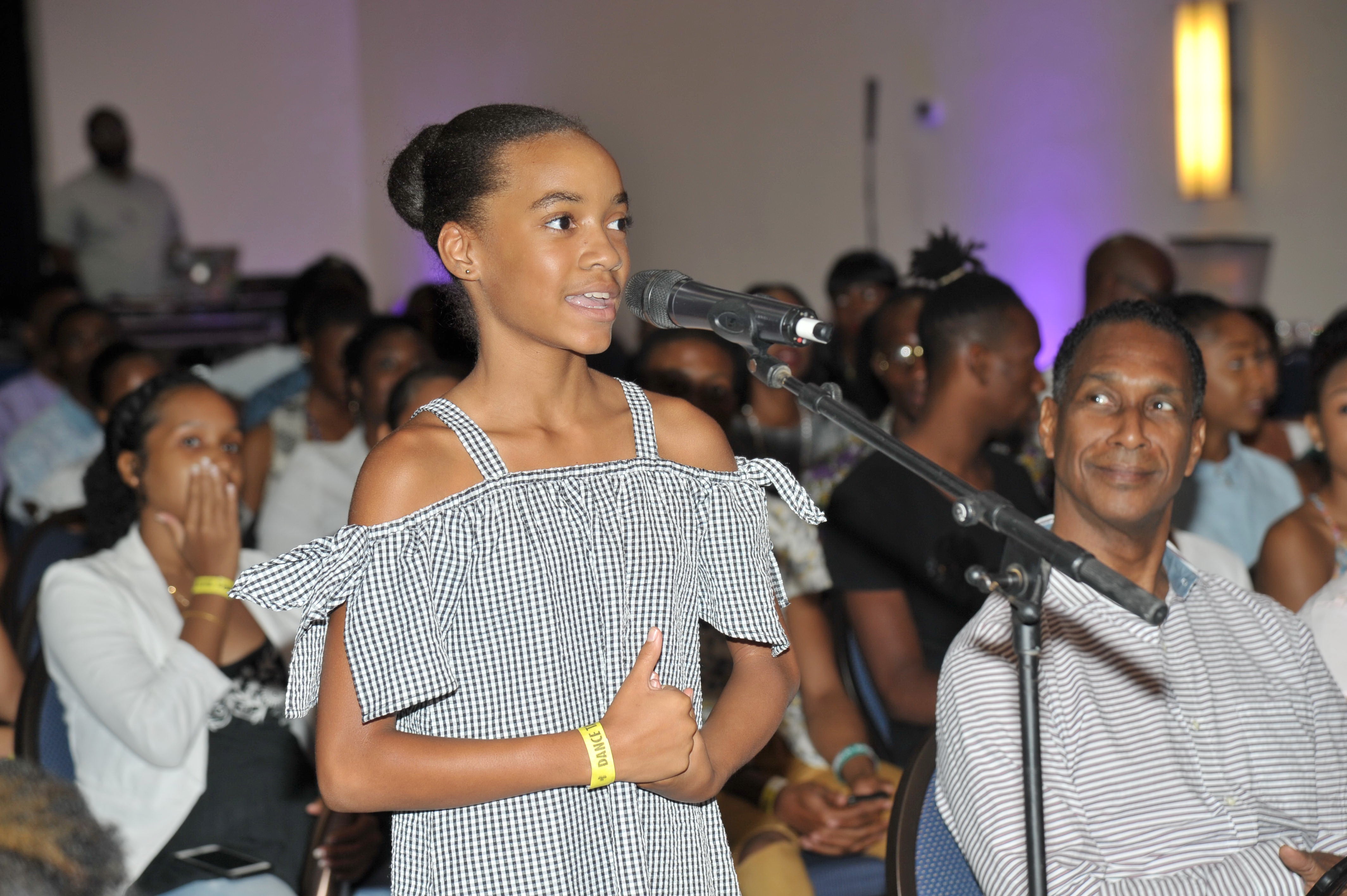
“All of these things have happened in the way they have because I’m a Black woman,” Copeland asserts. “I’m not going to just drop that. I’m still living in the world of dance as a Black woman. It’s just always been important for me to be able to say it so that younger people can look at me and be able to see themselves through me. It’s shaped all of who I am.”
While Copeland is aware of her impact on the boys and girls around the world who see a piece of themselves within her, she sees herself as only a small part of a larger opportunity to educate our communities. “The more that we diversify in the schools, the teachers, the artistic directors, the staff behind the scenes, it’s going to create an environment where they feel they’re not other, or they’re not talked to in a way that no child should experience.”
Copeland is a strong believer that art should transcend race, and be a space where all students, whether they’re from Jamaica or Johannesburg, Mozambique or Missouri, feel like they are welcomed — a place where they can be free, and open, and honest, and learn, and discover, while not being judged.
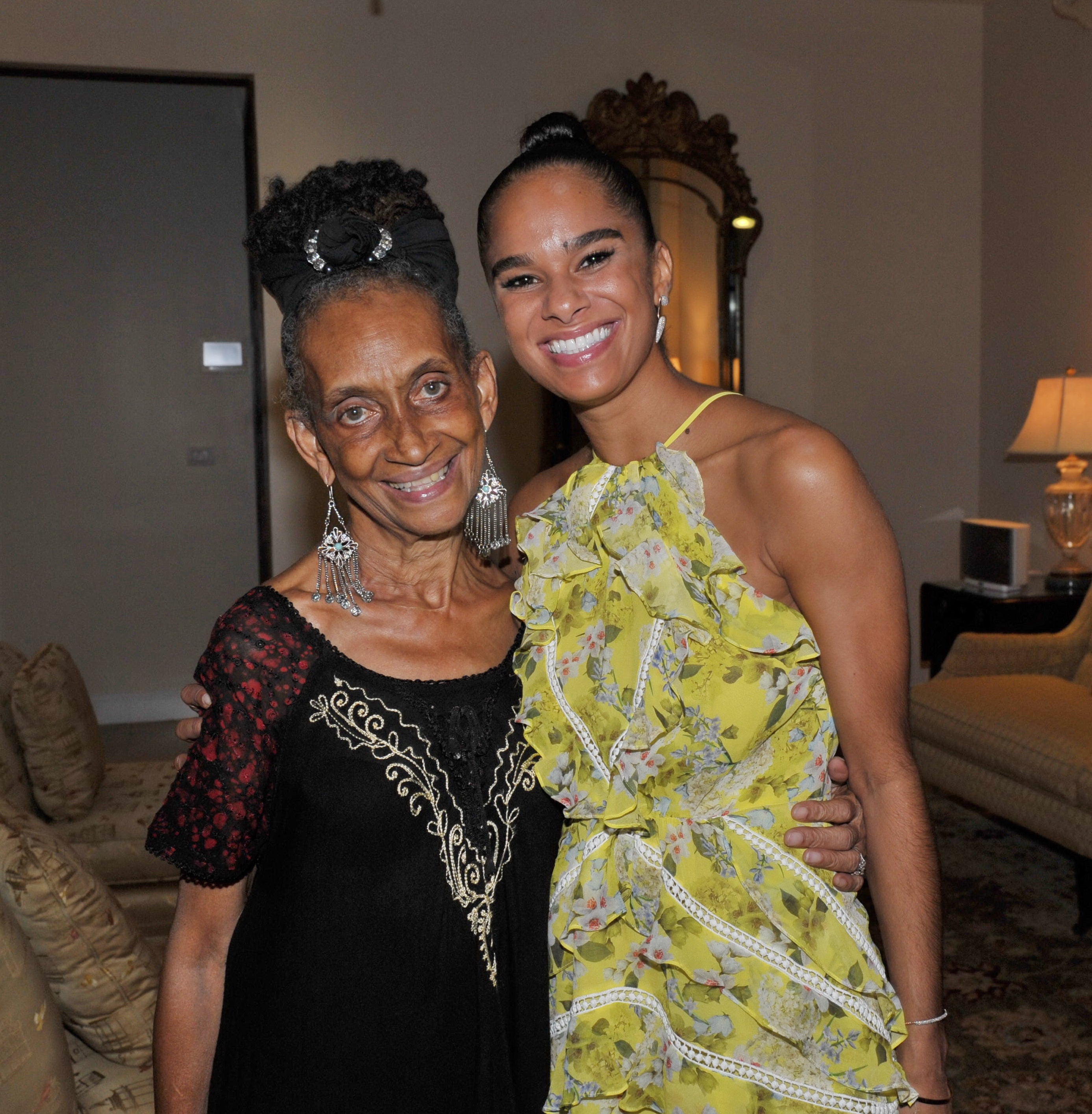
Funny enough, it’s a space that Copeland wishes for herself as well. She openly confesses that her journey to the top has not been easy, but having a goal in mind has helped her put her nose to the grindstone.
“I did that for 15 years straight,” she says of her work ethic. “Then you don’t realize the change in responsibility once you get there or the expectation. It’s been an interesting journey of like, ‘This is what I want.’ Then you get there and you’re like, ‘Oh my gosh.’ The pressure — it’s different.”
At 36, Copeland is rounding the corner toward retirement, but what the New York transplant does in her next act is still up in the air. “Maybe I’ll dive into cooking,” the self-identifying artist and wife says.
Regardless of the path she chooses, it’s safe to say that her legacy has been certified. It will forever live inside the young men and women like those who filled the Grand Jamaican Suite ballroom at the Pegasus Hotel in Kingston last September, to hear her speak, witness her #BlackGirlMagic in person and tell themselves that they too can be from humble beginnings, with melanin-enriched skin, and become a world-renowned talent.
“Every time I go on stage there may be one person in the audience who’s never seen me before and will never see me again,” Copeland accepts. “So, I have to give my all every single time as if it’s the first time I’m performing. I have to meet every audience with the same passion, and drive, and love.”
